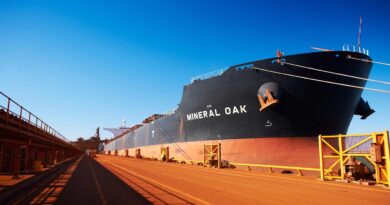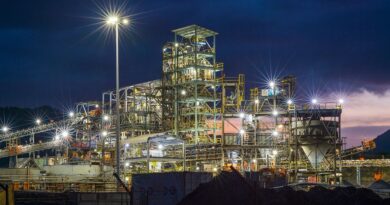Demand for Russian metals remains robust despite sanctions
Russia produces typically 3% to 6% of global metals supply and significantly more of the world’s palladium and high-quality iron-ore pellet feed. Metals prices spiked following Russia’s invasion of Ukraine, with mounting concerns about supply disruptions from sanctions and bans adding fuel to the fire.
The knock-on effect of high energy prices on marginal supply costs has kept some metal prices high. Yet despite self-sanctioning, demand for Russian metals remains robust, albeit at more modest price premia. The effectiveness and implications of a future ban on Russian metals hinges on two key questions.
First, will non-sanctioning countries absorb Russian supply and refined output? And, if not, can global supply chains function while alternatives are developed without an extended period of shortage? The answers are likely to come from China. The country could readily absorb Russian metals if they were banned in western markets, but Europe and others will want to ensure that ‘washed’ Russian metal – processed and used in manufactured goods by China – doesn’t simply find its way back in.
Alternatively, China could secure raw-material feed from Russia for its dominant smelting and refining sector and leave western markets facing supply deficits and higher prices. If, however, Russian metal was shut out of the global system with minimal redirection to alternative markets, this would very quickly lead to even greater deficits and higher prices. Markets would remain tight for several years until new supply was developed.




